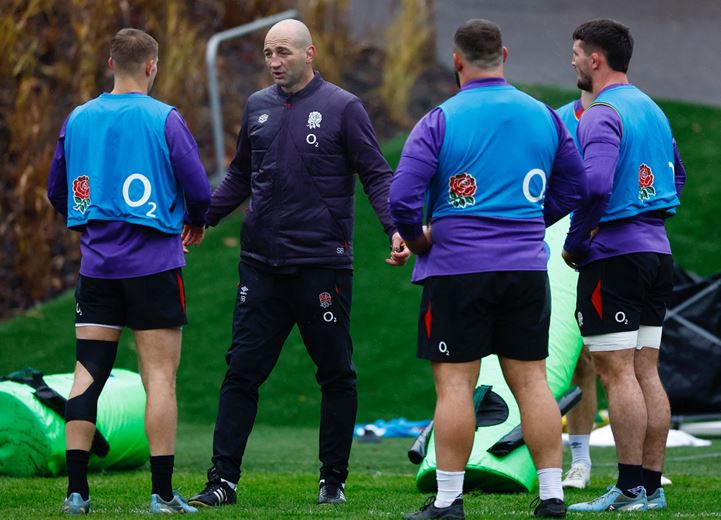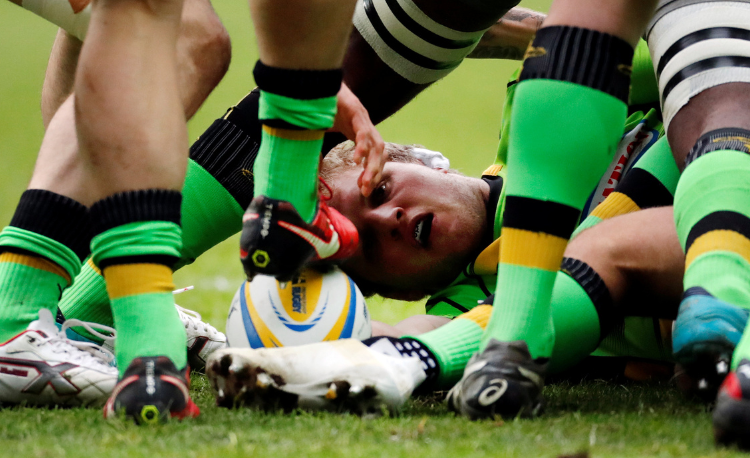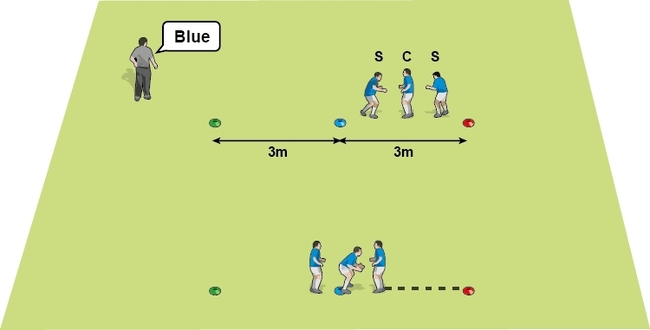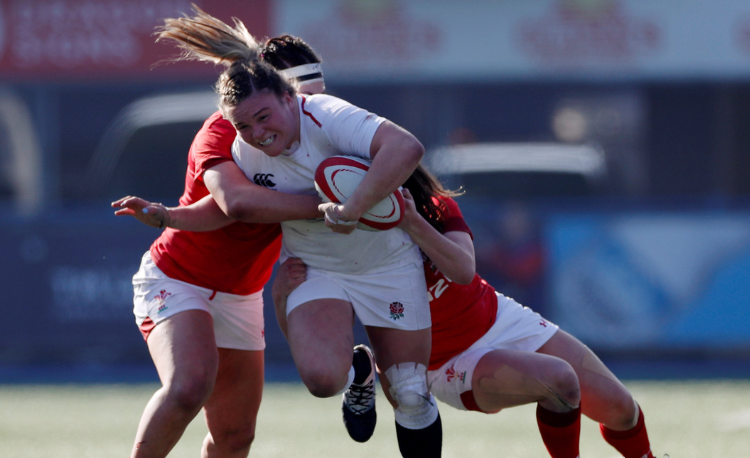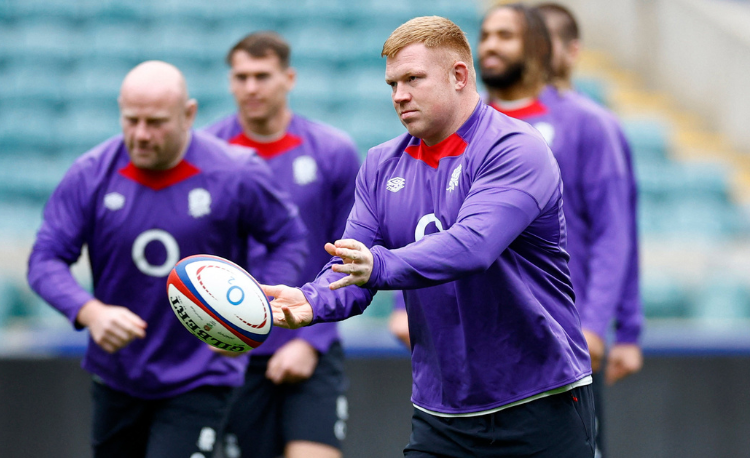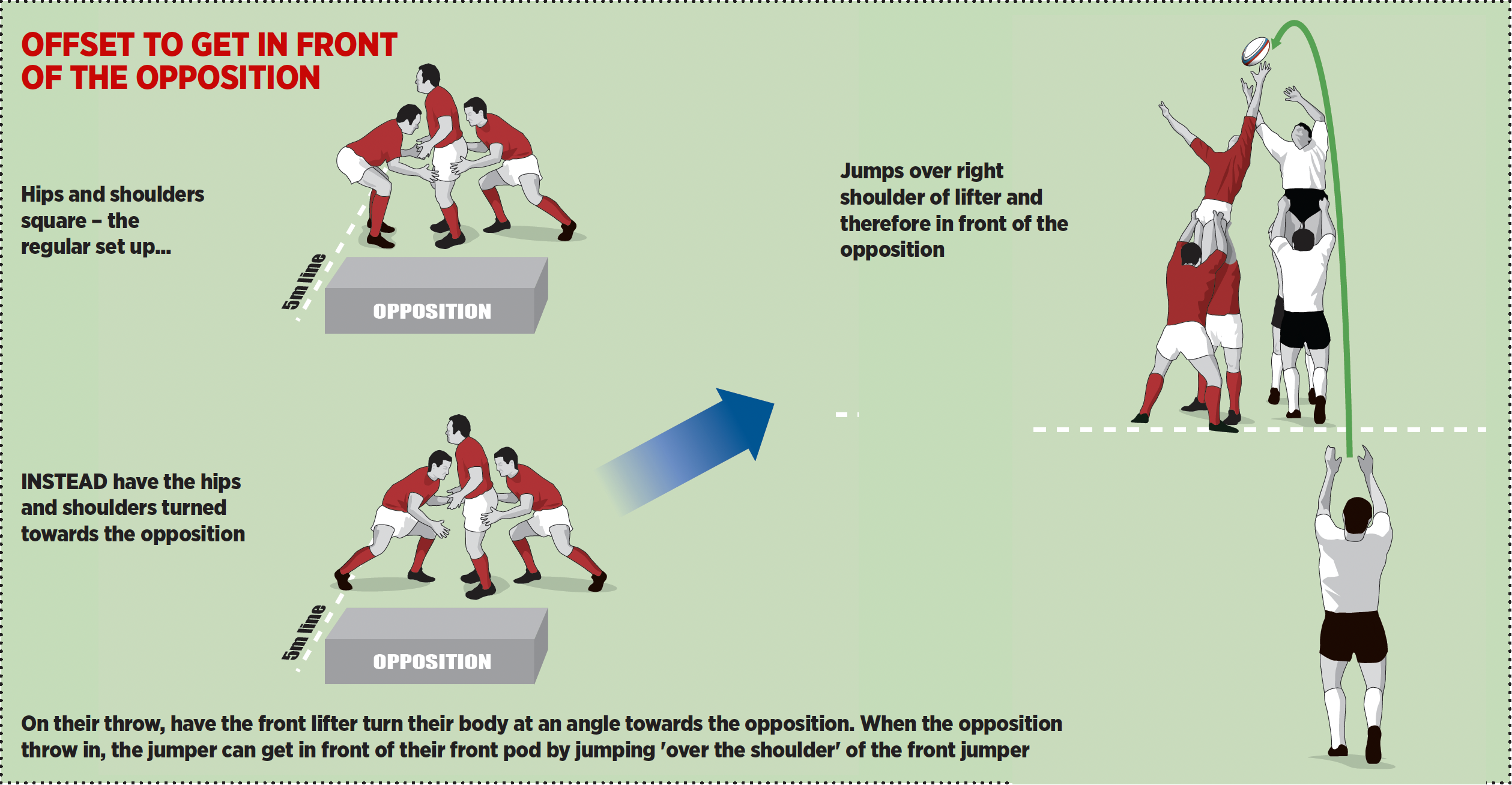Back peel at lineouts
A long throw is risky but can pay off if you are able to attack the space behind. By STEVE MOORE, former Wales international lock and senior director of rugby.
Going long at the lineout is risky because your thrower is looking for a 15m throw.
But if they can make it, the rewards, from both defensive and attacking lineouts, are worth it.
The defensive peel
You will have a higher percentage of ball retention by using a back peel on your own 5m line. Your players not active in the lineout will be closer to the lineout than the opposition.
While technically not a peel in its purest sense, the most effective throw-in at this situation is over the top of a shortened lineout to an on-running forward, who starts their run from just in front of the try line as a receiver.
Timing is important here. If the receiving forward starts their run too soon they will overrun the throw; too late and the ball will drop in front of them.
There has to be a call to alert the hooker if a defending receiver moves to the back.
The offensive peel
The back peel in the attacking zone is one of the few manufactured occasions during a match when one of the bigger players can find themselves in open space bearing down on an opposition 10.
This tactic immediately breaks the gain line, puts the forwards on the front foot and can create a big disruption in the opposition’s defensive structure.
The receiving lineout catcher should stretch the lineout to its limits by receiving the ball dead on the 15m line, leaving an opportunity for the peel to occur on either side of them.
However well a lineout is executed, though, the peeling player must have close support. If they become isolated by a sturdy defence, a great attacking position can end in a turnover.
Questions to ask your team
- Can the thrower throw the distance?
- Will opposition teams compete in this area? Most teams will have a jumping pod in the middle or at the front. As long as the throw is at chest height or above, there is less chance of competition for the ball.
- Do you have an athletic third jumping option? Most teams can lift a flanker, but, if not, you can shift a quick-footed lock to the back to take the throw.
- The throw to the back has the ball in the air for longer, so the jumper can time their lift and leap based on the trajectory of the ball.
- Where on the pitch do you want to use this tactic? Probably not from 5m from their line but it’s certainly an attacking weapon in their half. You may also consider weather conditions.
Throwing long - the risks and rewards
RISKS: Easy to read because the hooker has to wind up their throw more...Easy to react to because the ball is in the air for longer...Harder to throw long: might lead to ’not straight’ or the ball going too short or too long and a turnover.
REWARDS: The 9 can receive the ball nearer to your own backline, making the pass easier...Forwards can peel into the midfield defensive space...The opposition is unlikely to jump at the back of the lineout.
Thank you for reading
to enjoy 3 free articles,
our weekly newsletter, and a free coaching e-book
Or if you are already a subscriber, login for full access
Newsletter Sign Up
Coaches Testimonials

Gerald Kearney, Downtown Las Vegas Soccer Club

Paul Butler, Florida, USA

Rick Shields, Springboro, USA

Tony Green, Pierrefonds Titans, Quebec, Canada
Subscribe Today
Be a more effective, more successful rugby coach
In a recent survey 89% of subscribers said Rugby Coach Weekly makes them more confident, 91% said Rugby Coach Weekly makes them a more effective coach and 93% said Rugby Coach Weekly makes them more inspired.
Get Weekly Inspiration
All the latest techniques and approaches
Rugby Coach Weekly offers proven and easy to use rugby drills, coaching sessions, practice plans, small-sided games, warm-ups, training tips and advice.
We've been at the cutting edge of rugby coaching since we launched in 2005, creating resources for the grassroots youth coach, following best practice from around the world and insights from the professional game.





